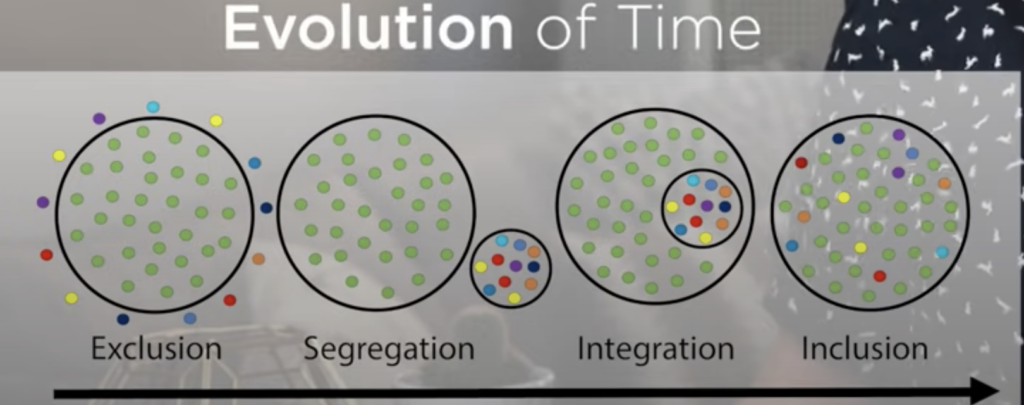✔️ Digital Identity
I usually present myself as a resident of social media and I share my age, hobbies, and occupation(student) identity on Weibo‘s personal data page, which allow Weibo to recommend and present more relevant information of my interested topics. On Weibo, I have separate identities, and they help me reach different goals. Specifically, one is for my entertainment(my personal use), and the other one is for my studying use. Meanwhile, I do not integrate those two identities. On my Weibo’s studying account, I have subscribed many educators and teachers in different areas, such as piano technical teachers, grammar teachers, and oral English teachers. They usually share their knowledge for free, and they adopt a variety of useful methods to help the learners for all ages study in fun. Since this Weibo identity is only for my studying, Weibo homepage usually recommend some academic and educational videos, which helps me immerse myself in learning. In terms of my identity for entertainment, I use it for watching humorous videos and looking at the entertainment news and events. In addition, while Weibo is adopted for my studying and entertainment, I also use WeChat to contact my family and friends. Overall, depending on different needs, I am also a resident of other platforms.
✔️ Access and Inclusion
Weibo is a platform to help people know and get along with the like-minded people. In terms of the disabled people, they are able to send voice messages and recording their daily stories to make like-minded friends. Meanwhile, disabled people can also be a live streaming host and a daily-story sharer by posting videos, which help them earn salaries to support their life. The more views on their videos, the more money they can earn. Meanwhile, Weibo offers online shopping. Selling something on Weibo by the help of their family also allows the disabled people to engage in their community and have a good quality life. Besides, for those people who might be excluded, subscribing them and clicking the “Like” button are good ways to easily find them and their videos. At the same time, I choose to post videos rather than texting words so that even though for the disabled people can enjoy its content.
✔️ Media Literacy, Trust, and Disinformation
Weibo has content moderation policies, and anything related to pornographic, illegal, infringing and fake content will be reported and blocked by the system and auditors. At the same time, there are some trusted links and resources posted by the country’s official accounts, which is the first place to visit and acquire information. In order to avoid spreading the disinformation as misinformation, reposting the information from the convincing and official accounts and label the information reference is worthwhile to be noticed.





Recent Comments